I grew up in the remote village of Bemphu in western Bhutan with no roads, electricity or telephone lines. Although I had free education, it was far away from my doorstep. I began my schooling when I was eight years old and had to walk three-and-a-half hours each way to school. A typical school day would start with the rooster’s crow at 3:30 a.m. and by 4:30 a.m. I would begin my arduous trek to school. The journey through jungle, mud, rain, and darkness six days a week for more than five years was a challenge of a lifetime. I would not only lose five to seven hours of study time every day, but I would also be exhausted from walking, having little energy left for studying.
After primary school, I went to boarding school. Free of the 7-hour commute, I excelled in my studies in lower, middle, and higher secondary schools and beyond. Boarding school, and the opportunities for holistic learning it afforded me, enabled me to overcome educational obstacles I faced coming from a remote village. It opened the door for me to study at Harvard and later to come here to Brookings. My life story would have been different without boarding school.
I may have benefited from boarding schools 20 years ago, but today Bhutan’s difficult mountainous terrain continues to pose a challenge for students, especially to secondary students. Unlike 20 years ago, though, the number of boarding secondary schools in Bhutan in proportion to the number of students is decreasing due to lack of funding. Already, there are few secondary schools in Bhutan, with only 92 lower secondary, 61 middle secondary and 53 higher secondary schools compared to 348 primary schools in 2013. When taking into account those with boarding facilities, only 24 percent of all secondary students have access, with girls and boys having roughly equal access. This means that the majority of secondary students in rural Bhutan must walk to school. As a result, quality education may be at risk, and, even more critically, girls’ learning may be especially at stake because girls face a double burden: the long walks to school and household chores at home.
Although Bhutan has achieved gender parity in basic education up to class 10, girls’ learning outcomes have been less favorable. For example, girls perform poorly in math and sciences in class 10 national exams, resulting in their uncompetitive standing as candidates for places in the merit-based public higher secondary schools. One could speculate upon findings such as these that both tangible and intangible factors like distance to school and duties in the home disproportionally impact girls’ learning opportunities, particularly limiting the time they have to devote to studies.
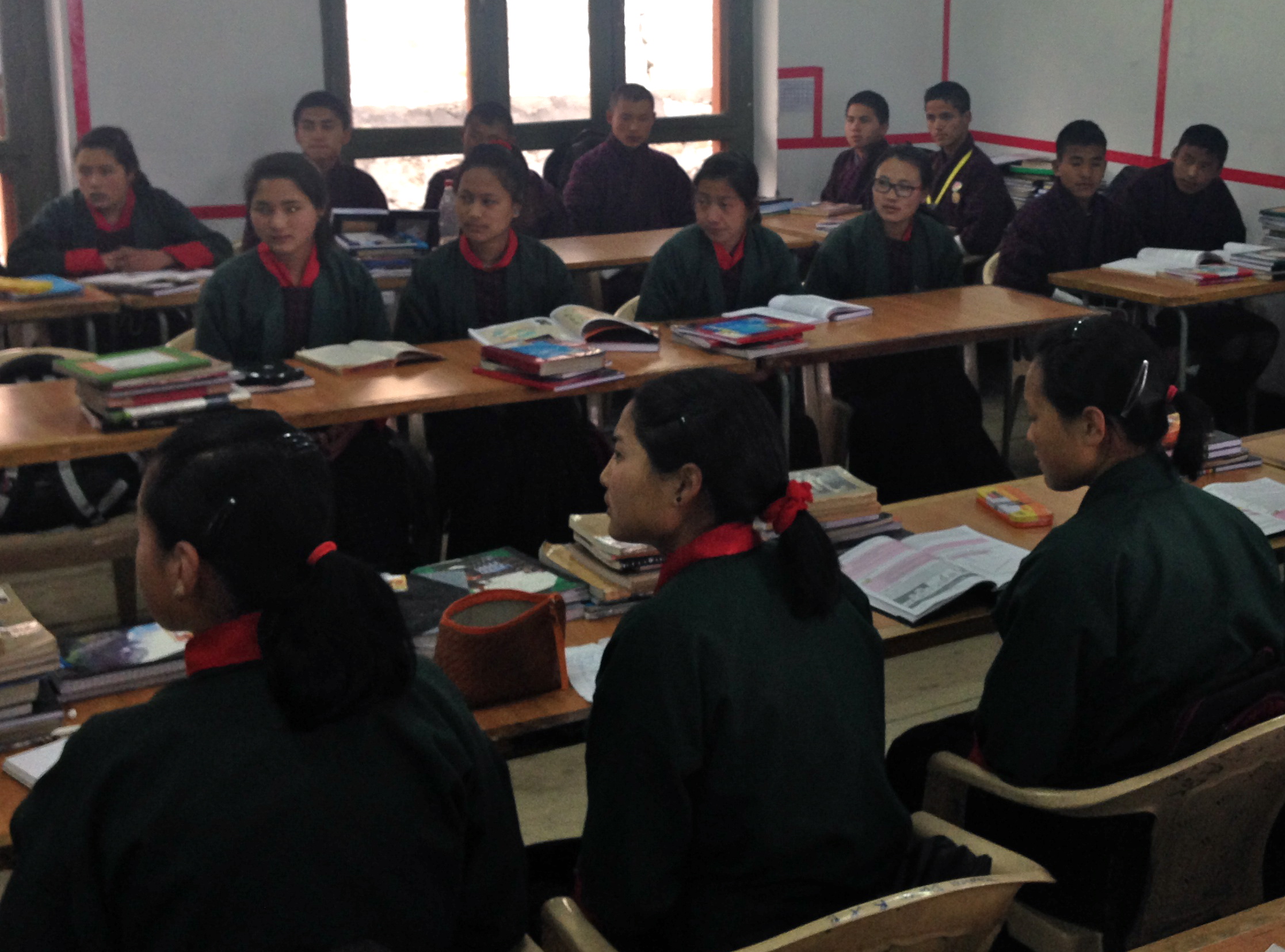
Students at Bitekha Middle Secondary School in the village of Jabana, Paro, Bhutan. April 2, 2014.
Beyond anecdotal accounts such as my own, evidence from some countries shows that by removing distance to school as a barrier, progress can be made in achieving quality education for girls. For instance, a study done in Kenya concluded that when the distance to school is lowered by one kilometer, girls’ academic performance will increase by 64 percent, while there is no effect on boys’ performance.
Boarding schools may be a viable solution for girls’ educational needs in Bhutan as it addresses girls’ double burden, and more. UNESCO research done in Malawi shows that boarding schools enhance girls’ academic performance there. In addition to time for studies, students who board have the added benefit of a holistic learning environment that includes opportunities for remedial classes, and the development of soft skills and leadership skills that are encouraged through the responsibilities and interactions that accompany community living.
In Bhutan, boarding schools are already well-established institutions of quality learning. While data disaggregated by gender is not available, my own preliminary research of top performing secondary schools in Bhutan shows that eight out of the top 10 middle secondary schools and nine out of the top 10 higher secondary schools are boarding schools. The prime minister of Bhutan has even begun to advocate for boarding schools as a means to achieving quality education.
Despite the high level of support for boarding schools and the evidence linking boarding schools with quality learning opportunities for girls, resource-poor Bhutan is facing tremendous challenge funding these schools. The World Food Program has started withdrawing its school feeding program support due to Bhutan’s impressive success achieving gender parity at the primary and basic education levels. But without funding, the high cost of running boarding schools means many will be forced to close, leaving students and especially rural girls with unnecessary obstacles to learning. Bhutan’s achievements in access and our ability to move forward to address “next generation” girls’ education issues will be lost.
At this critical time in Bhutan’s education agenda, I come to Brookings as an Echidna Global Scholar to channel my passion about boarding schools into policy research on girls’ education that will influence what direction Bhutan will take next. Through a comparative analysis of the positive and negative impacts of boarding schools, I will focus on gaining a more critical understanding of the influence that boarding versus day-school environments may have on girls’ learning opportunities. I will also explore other factors contributing to girls’ learning opportunities that boarding schools cannot address. This will help me determine whether increasing and improving “girl-friendly” boarding options in Bhutan is the best strategy for promoting girls’ quality education in Bhutan. Finally, I will explore policy solutions and financing models that would support the recommendations found from this research.
Fortunately, there is no lack of political commitment for education in Bhutan. For a small country with few natural resources, economic prosperity and the achievement of Gross National Happiness is dependent on human development. Education is thus a top priority for Bhutan. Yet, while the government spends 7.3 percent of GDP on the education sector, among the highest in the region, and it provides free education to all children from pre-primary to grade 10, Bhutan still faces challenges ensuring quality education, especially for girls. Now that the education system itself is up for reform and the Ministry of Education is developing a blueprint 2014-2024 for education, there is national momentum to re-strategize and re-think girls’ education issues in Bhutan.
By conducting research on girl-friendly boarding schools that is technically feasible, administratively implementable, and politically supportable, I hope to help shape Bhutan’s strategic response to the next generation challenges affecting girls’ learning and their quality education.
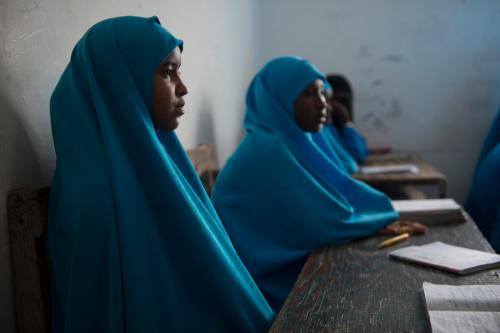
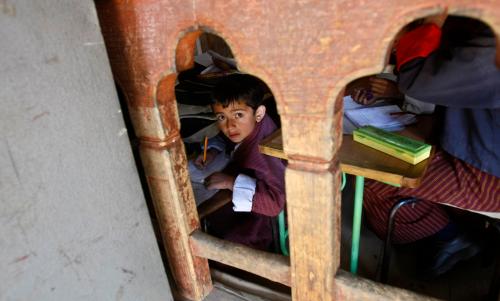
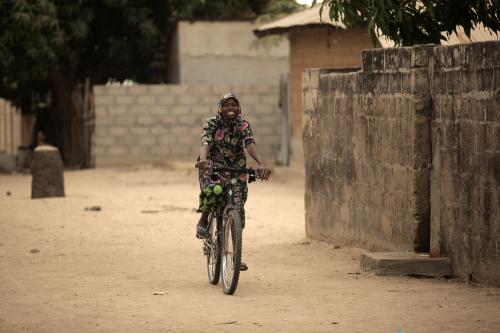


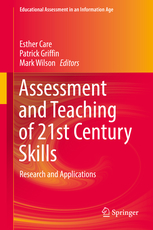



Commentary
Advocating Girl-Friendly Boarding Schools in Bhutan: Toward Improving Quality Learning Opportunities and Outcomes For Bhutanese Girls
September 22, 2014